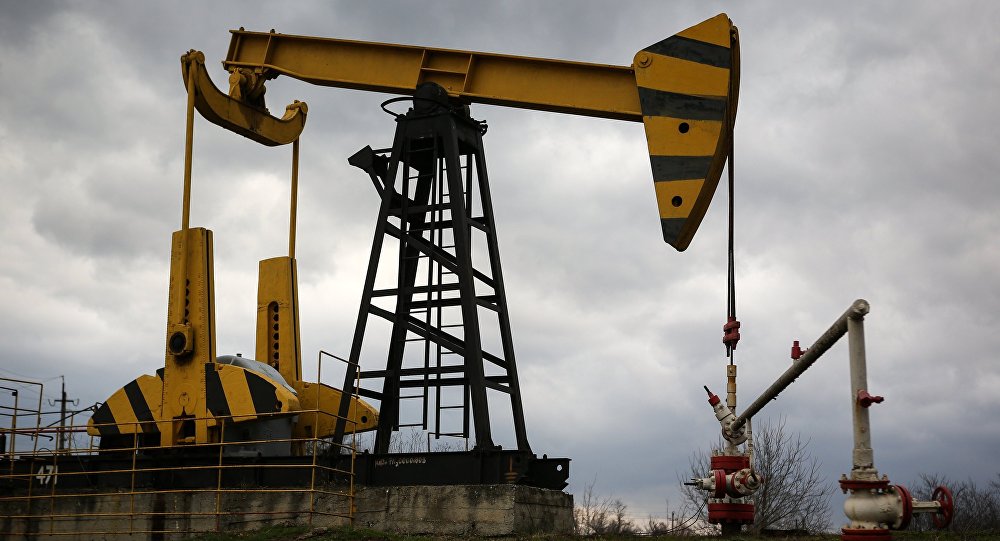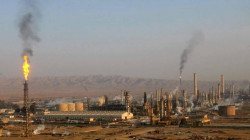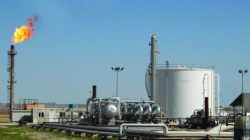Oil prices fall in biggest losing streak since February 2020

Shafaq News/ Oil prices fell for a sixth day, the longest losing streak since February 2020, as a spike in COVID-19 cases worldwide fuelled fears over slower fuel demand while a surprise build in U.S. gasoline inventories added to pressure.
Brent crude was down 87 cents, or 1.3 per cent, at $67.36 a barrel by 0447 GMT, after touching the lowest since May 24 at $67.10 earlier in the session.
U.S. West Intermediate crude (WTI) fell $1.05, or 1.6 per cent, to $64.41 a barrel after falling to as low as $64.24, also the lowest since May 24.
WTI has dropped over 7 per cent while Brent has slumped more than 5 per cent during the six-day losing streak, the longest since a six-day decline for both contracts that ended on Feb. 28, 2020.
Prices have fallen as investors remained worried over the increase in infections caused by the Delta variant of the coronavirus worldwide, with virus-related deaths in the United States, the world's largest oil user, spiking over the past month.
"Crude prices continue to look vulnerable around those mid to late summer support levels - $65 in WTI and $67 in Brent," Craig Erlam, senior market analyst at OANDA Europe, said in a note.
Slower growth in China, the world's biggest oil importer, as it imposes further restrictions in response to rising COVID-19 cases and some weakness in a few U.S. data points this past week has driven the softness in oil prices, he cited.
"A move below $65 in WTI, for example, could see prices drop back into Q2 trading ranges between $57 and $65. This would be quite a drop from the levels we've seen the last couple of months and surely reflect growing concerns about the spread of delta and the implications for fourth quarter growth," he added.
A surprise build in U.S. gasoline inventories last week also boosted concerns over slowing demand, especially as the Northern Hemisphere summer is typically when demand for the fuel peaks.
Gasoline stockpiles rose by 696,000 barrels to 228.2 million, the Energy Information Administration said on Wednesday, against analysts' expectations for a 1.7 million-barrel drop.
However, U.S. crude inventories fell 3.2 million barrels last week to 435.5 million, their lowest since January 2020, the EIA said.
"The U.S. peak summer driving season is ending soon just as the country is set to raise output," said Hiroyuki Kikukawa, general manager of research at Nissan Securities.
U.S. shale oil output is expected to rise to 8.1 million barrels per day in September, the highest since May 2020, according to the Energy Information Administration's monthly drilling productivity report.
"Oil prices will stay under pressure in the short-term from seasonal factors and pandemic fears," Kikukawa said.
Source: Reuters





